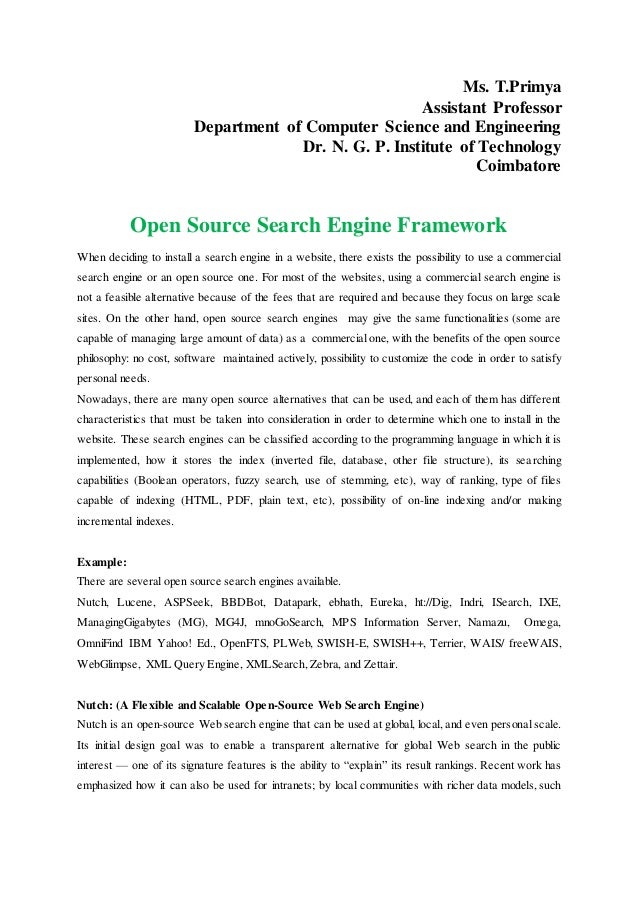

Git filter-branch has a minor drawback, though: once you use _filter-branch_, you effectively rewrite the entire history of your project. There are helper scripts available to identify big objects, so that part should be easy enough. It is a very powerful tool once you’ve identified where your repo is heavy.

The command lets you walk through the entire history of the project filtering out, modifying, and skipping files according to predefined patterns. Surgical solution: git filter branchįor the huge repositories that have lots of binary cruft committed by mistake, or old assets not needed anymore, a great solution is to use git filter-branch. But recent versions ( 1.9 and above) have improved the situation greatly, and you can properly pull and push to repositories even from a shallow clone now. Shallow clones used to be somewhat impaired citizens of the Git world as some operations were barely supported. Tip: Build systems connected to your Git repo benefit from shallow clones, too! The benefit grows proportionately to how many binary assets your project has swallowed over time.
#Mg system source code managing gigabytes full#
A shallow clone of the repo takes 29.5 seconds, compared to 4 minutes 24 seconds for a full clone with all the history. The full clone of Jira is 677MB, with the working directory being another 320MB, made up of more than 47,000+ commits. The time savings for repos like this can add up and be very noticeable. For example, we migrated Jira (an 11 year-old code base) to Git. Imagine you accumulated ten or more years of project history in your repository. How do you do it? Just use the –depth option. Git’s shallow clone option allows you to pull down only the latest n commits of the repo’s history. The first solution to a fast clone and saving developer’s and system’s time and disk space is to copy only recent revisions. Some repos have to be kept in tact for legal or regulatory reasons. And you can’t always avoid long histories. Cloning repositories with a very long historyĮven though threshold for a qualifying a repository as “massive” is pretty high, they’re still a pain to clone. The techniques and workarounds for each scenario are different, though sometimes complementary. But there’s a moderately easy – if annoying – fix for that (see below).

Sometimes the second type of problem is compounded by the fact that old, deprecated binary artifacts are still stored in the repository.
#Mg system source code managing gigabytes series#
Morgan Kaufmann series in multimedia information and systems. : Morgan Kaufmann Publishers London: Taylor & Francis, 1999 : London Wikipedia Citationīroken link? let us search Trove, the Wayback Machine, or Google for you. Bell Morgan Kaufmann Publishers Taylor & Francis San Francisco, Calif. 1999, Managing gigabytes : compressing and indexing documents and images / Ian H. H. & Moffat, Alistair. & Bell, Timothy C. : London 1999 Australian/Harvard Citation Managing gigabytes : compressing and indexing documents and images / Ian H. H. and Moffat, Alistair. and Bell, Timothy C. : London : Morgan Kaufmann Publishers Taylor & Francis, MLA Citation Managing gigabytes : compressing and indexing documents and images.


 0 kommentar(er)
0 kommentar(er)
